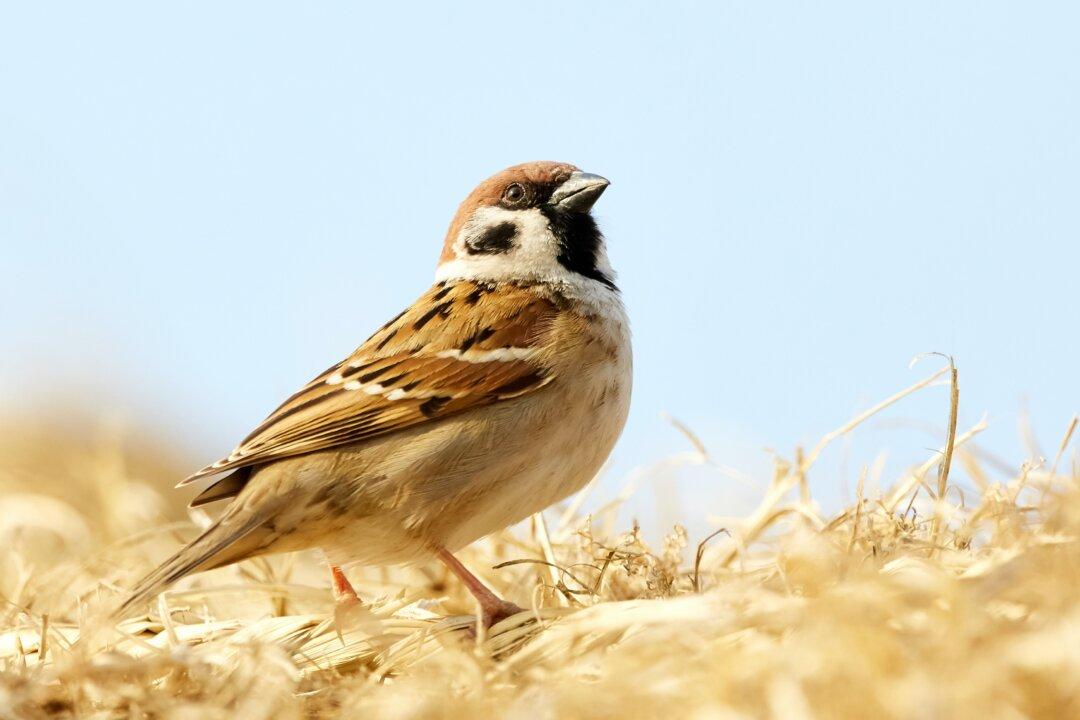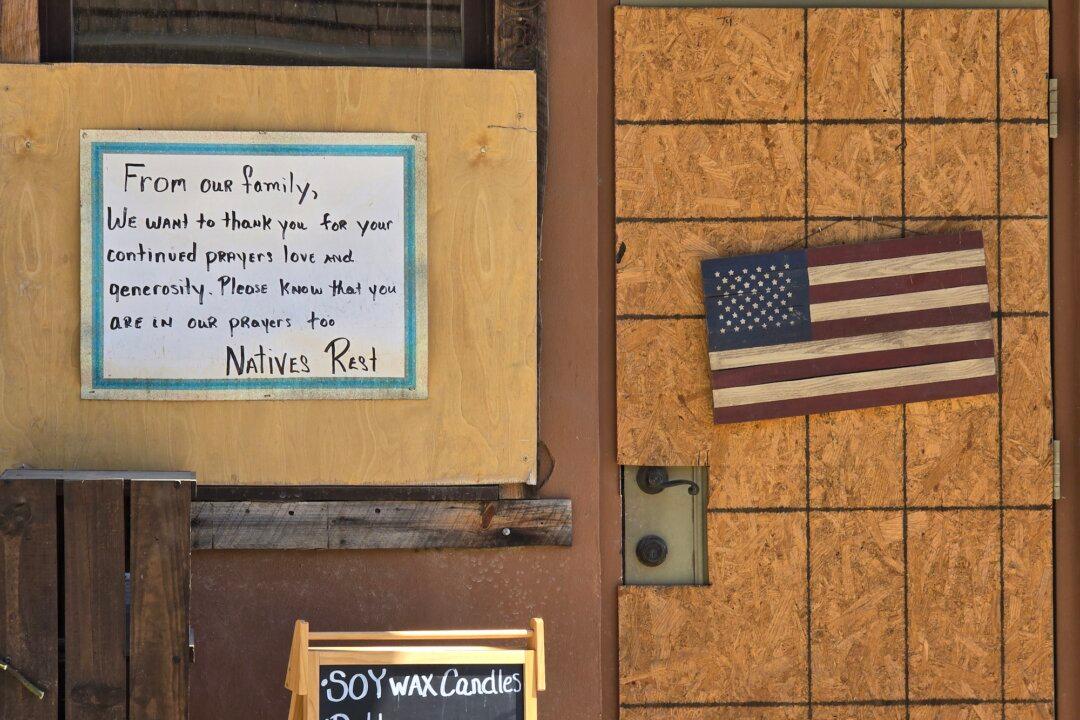The following is an excerpt from the book “Who Are China’s Walking Dead?” written by author and filmmaker Kay Rubacek and published by Liberty Hill Press in 2020, and republished here with permission from the author.
At about five inches in length and weighing less than an ounce, the Eurasian tree sparrow is a little brown bird with a short black beak, a cheerful chirp, and no defense against the bigger birds that want it for dinner. The sparrow pecks at grain and seed and lice and spiders and centipedes and other little bugs it can find to eat.





